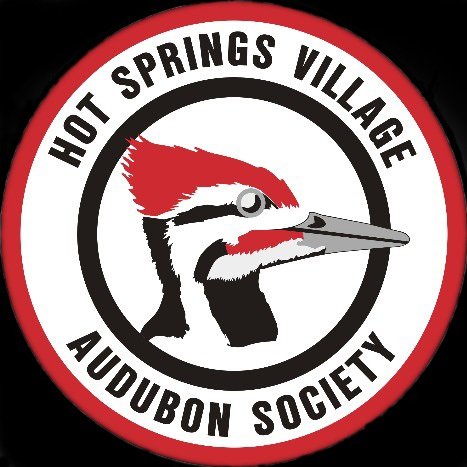By Vic Prislipsky
Mid to late March is the start of migration for our winter resident birds. The large groups of diving ducks and the flocks of Whitethroated Sparrows and Dark-eyed Juncos get smaller and smaller as spring progresses until they are reduced to a few stragglers in late April. Normally, all are gone by the end of May. The same is true of other winter birds like the Kinglets, Yellow-bellied Sapsuckers and the Yellow-rump Warblers. Say goodbye to the Common Loons and Grebes. All are off to their nesting grounds in the North.
Tennesee Warbler - Photo Vic Prislipsky
However, as our winter birds are leaving other species are moving in. The southern states are the nesting destination for a number of bird species that winter in Central and South America. Here in the Village, Ruby-throated Hummingbirds, Black and White, Common Yellowthroat Warblers and Louisiana Waterthrushes (also a Warbler species) are in the first wave. Northern Parula, Kentucky and Hooded Warblers, Blue-gray Gnatcatchers, White-eyed, Redeyed and Yellow-throated Vireos, Orchard Orioles, Eastern Kingbirds, Scissor-tailed and Acadian Flycatchers, Green Herons, Indigo Buntings, Blue Grosbeaks and Summer Tanagers aren’t far behind. Chuck-wills-widow, Wood Thrushes and Yellow-billed Cuckoos are late arrivals. Broad-winged Hawks and Mississippi Kites are two seasonal raptors that nest here.
The Village is also a stopover for various migratory species heading farther north. Most of these are in the Warbler family. Tennessee, Nashville and Yellow-throated Warblers are the most common but finding any of the “passing through” birds is always hit and miss. Rose-breasted Grosbeaks and Baltimore Orioles are dependable visitors. If you watch the lake shores Willets, Avocets and other Sandpiper species are possible as are Gulls, Terns, White Pelicans and Red-breasted Mergansers.
Indigo Bunting - Photo Vic Prislipsky
Most birds migrate at night. Spring migration for birds moving over Arkansas peaks in mid-May. The number of birds migrating nightly are astounding. Recent innovations in radar technology using information provided by the BirdCast app estimated that on the night of March 14th 2.4 million birds passed over at a speed of 38 mph at a height of 2600 feet. Numbers during the peak can be in the 15-17 million range.
Our Village Audubon meets on the 2nd Thursday of the month (no meetings in June, July or August) at the Coronado Center at 10 a.m. Our May meeting will be the Festival of Wings at the Balboa Pavilion. As always HSVBIRDS.ORG has a lot of information about everything you’d like to know about birds and some of Nature’s other wonders. Check it out.


